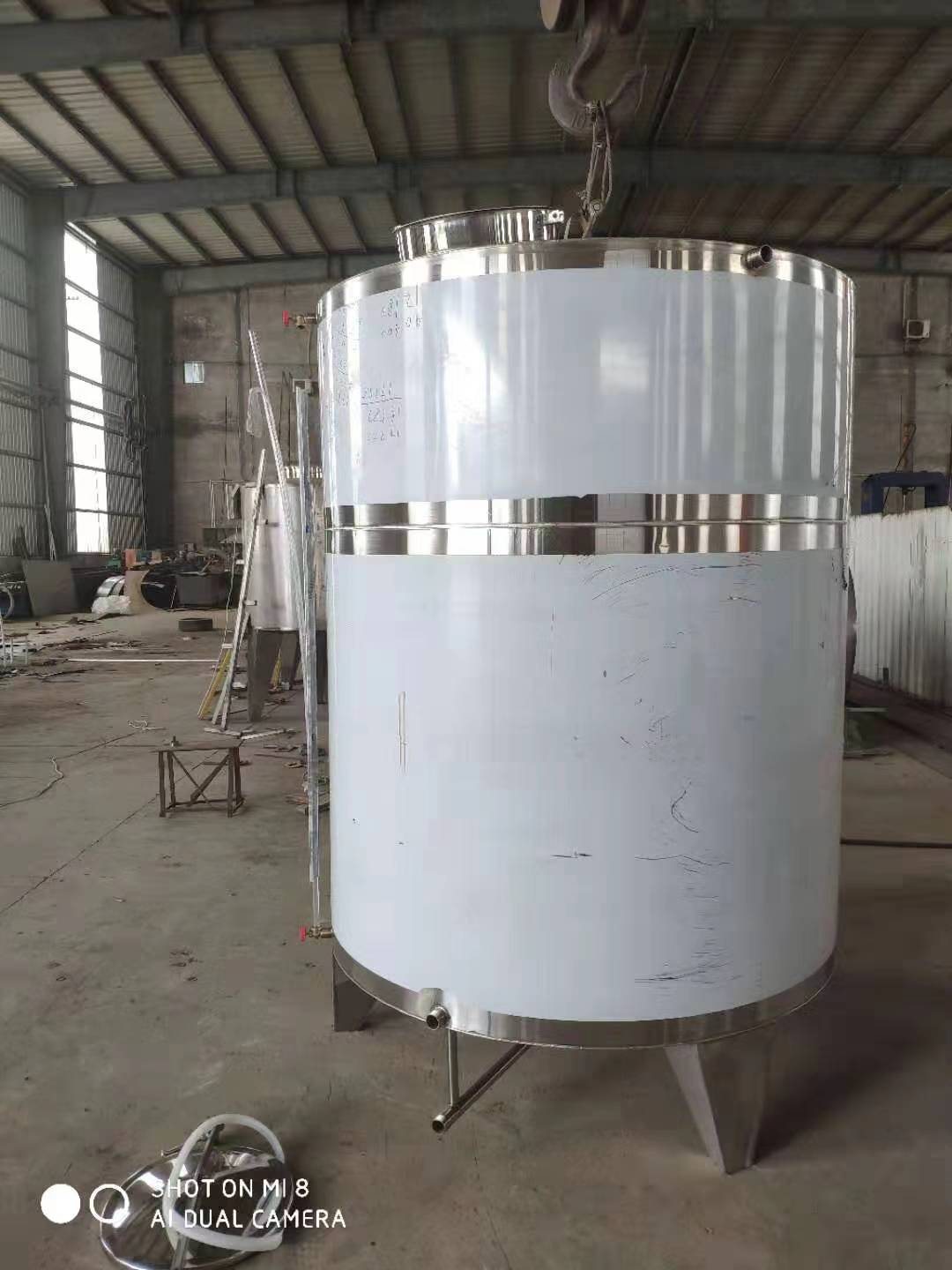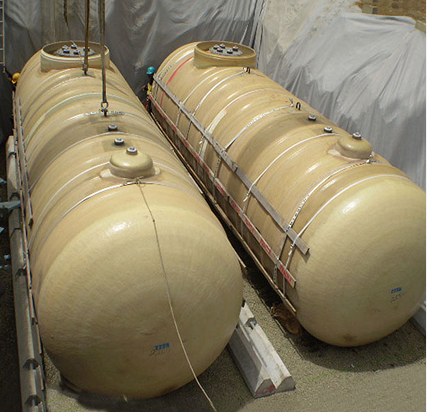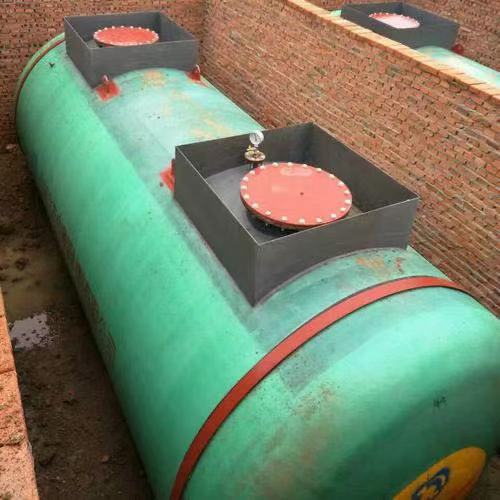Home » Diesel Tank » Understanding Oil Tanks: A Comprehensive Guide
Understanding Oil Tanks: A Comprehensive Guide
When it comes to storing and transporting liquids like oil, oil tanks play a crucial role. In this guide, we’ll delve into the fundamentals of oil tan
Contact US
Get Price
Share:
Content
When it comes to storing and transporting liquids like oil, oil tanks play a crucial role. In this guide, we’ll delve into the fundamentals of oil tanks, exploring their types, applications, and key considerations.
Types of Oil Tanks:
- Above-Ground Tanks:
- Commonly used for residential purposes.
- Easier to install and maintain.
- Underground Tanks:
- Often preferred for commercial and industrial use.
- Provides protection against environmental elements.
Applications of Oil Tanks:
Oil tanks find diverse applications across various industries:
- Petroleum Industry:
- Essential for storing crude oil before refining.
- Facilitates the distribution of refined products.
- Energy Sector:
- Used in power plants to store fuel for electricity generation.
- Transportation:
- Tanks in vehicles enable the efficient transport of oil.
Key Considerations:
- Material:
- Tanks are commonly made of steel or fiberglass.
- Material choice influences durability and resistance to corrosion.
- Safety Features:
- Tanks should have safety measures like leak detection systems.
- Regular inspections are crucial to identify potential issues.
- Regulatory Compliance:
- Adherence to local regulations is essential.
- Compliance ensures environmental safety and avoids legal issues.
Understanding the basics of oil tanks is vital for anyone involved in the oil and gas industry. Whether you’re a homeowner with a heating oil tank or a professional in the energy sector, knowing the ins and outs of oil tanks is key to their safe and efficient use.
Inquiry
More Fuel tank































